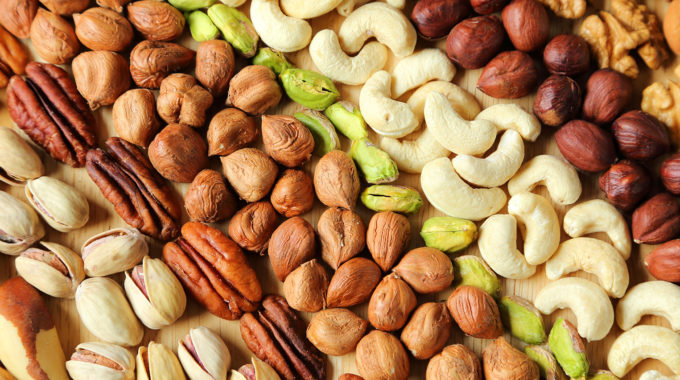Australian nuts: growing for success
Healthy eating trends and a growing understanding that not all fats are “bad” have led to a boost in consumption of Australian nuts. In fact, our nut consumption has more than doubled since 2002-2003. This is certainly great news for our health. But while more Aussies are eating more nuts, most of us are still not eating enough.
From a farming perspective, 2022 has already been a tough year for some growers. However, there have also been some new developments that could well lead to a more sustainable, more resilient industry. We take a look at the status of the Australian nut industry, including its current challenges and future promise.
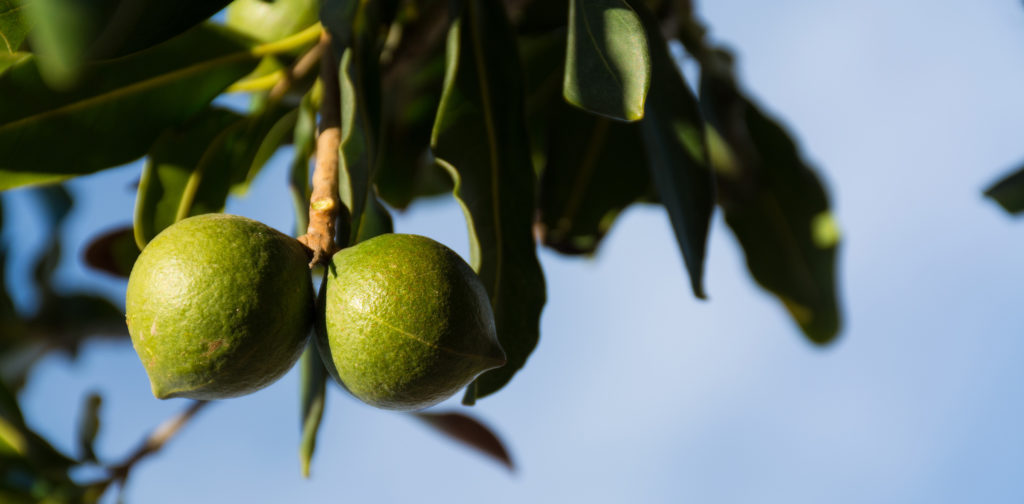
A growing industry
The Australian tree nut industry’s farmgate value in 2021 was a whopping $1.2 billion. As well as being a significant contributor to our regional and rural economies, the industry is also responsible for more than a third of Australia’s horticultural exports.
Tree nuts include almonds, macadamias, pecans, chestnuts, hazelnuts, walnuts and pistachios. According to the Australian Nut Industry Council’s latest biennial Growing For Success report, over the last five years, tree nut plantings have increased significantly. The majority of these new plantings are for almonds and macadamias. It’s expected this expansion will result in an increased farmgate value of well over $2 billion by 2030.
But while this is fantastic for the industry in the years ahead, right now some of our tree nut growers are facing a far more immediate issue. And it’s all to do with the weather.
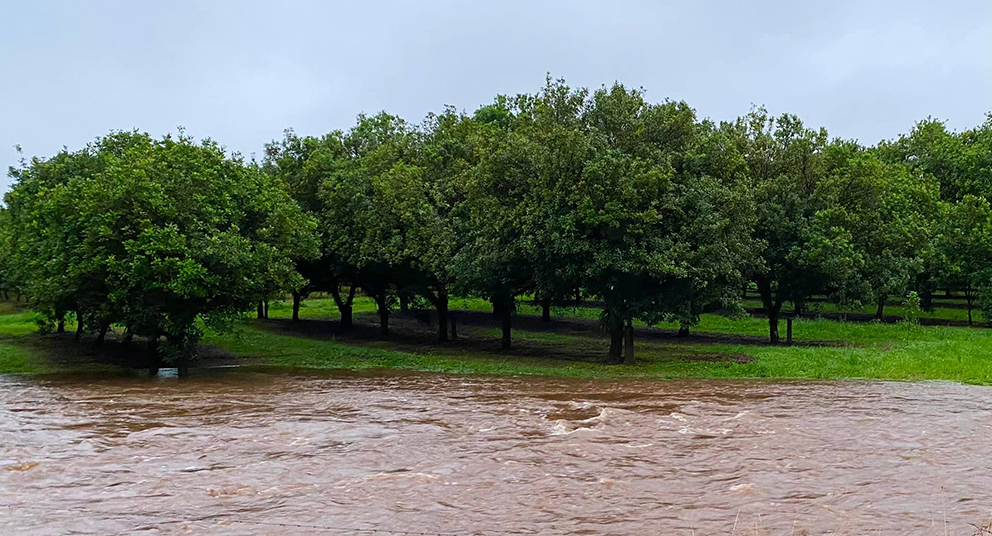
Floods destroy crops
The recent floods and severe weather across eastern Australia have not only damaged nut crops; the impact of the floods on the nut industry may well be felt for some time.
The Australian Macadamia Society (AMS) has confirmed that the 2022 macadamia crop will be impacted by the recent severe weather and flooding in NSW and southeast Queensland. Early predictions are that up to 10 percent of the crop may be lost in the regions affected by floods. However, AMS CEO Jolyon Burnett says it’s still too early to say.
“These regions are only in the early stages of harvest,” Burnett says. “There was minimal crop on the ground when the events hit. It is, however, the challenges our growers are now facing with orchard clean-up that is of most concern.
“Harvest may now be delayed in those affected regions while growers clean up their orchard floor. This could further impact the crop.”
There is some good news, though. The flooding did not affect Australia’s largest and fastest-growing macadamia-producing region, Bundaberg. Harvest is well underway here. Bundaberg accounts for around 46 percent of our macadamias.
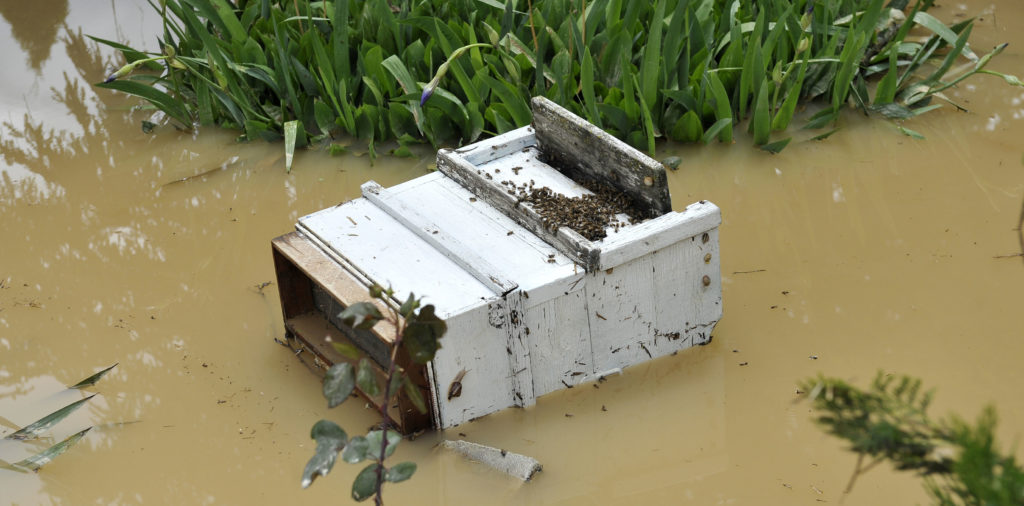
No bees, no nuts
Widespread flooding has also devastated the beekeeping industry. According to the NSW Apiarists’ Association, up to 5000 beehives have been destroyed. Across Queensland and NSW, up to 8500 hives may have been lost. Each hive contains tens of thousands of bees. To make matters worse, weakened hives may be susceptible to pests.
Our almond and macadamia growers rely on bees for pollination. With a shortage of bees, this puts pressure on both beekeepers and nut producers this coming spring. To give you some perspective, it took 277,000 hives to pollinate almond orchards last year.
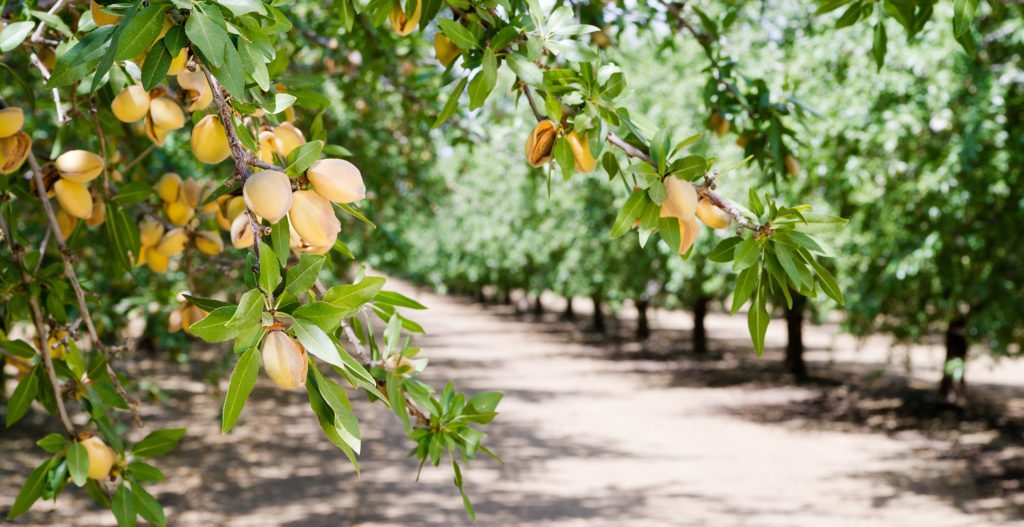
Sustainable almond orchards
A new trial is exploring almond orchard recycling in Australia. Scientists are working with a Victorian almond grower to trial an orchard redevelopment practice that’s reducing the industry’s carbon footprint in the US. “Whole orchard recycling” involves chipping trees and incorporating them into the orchard soil prior to planting new trees. It replaces the traditional practice of burning old trees once they’ve been removed from the orchard.
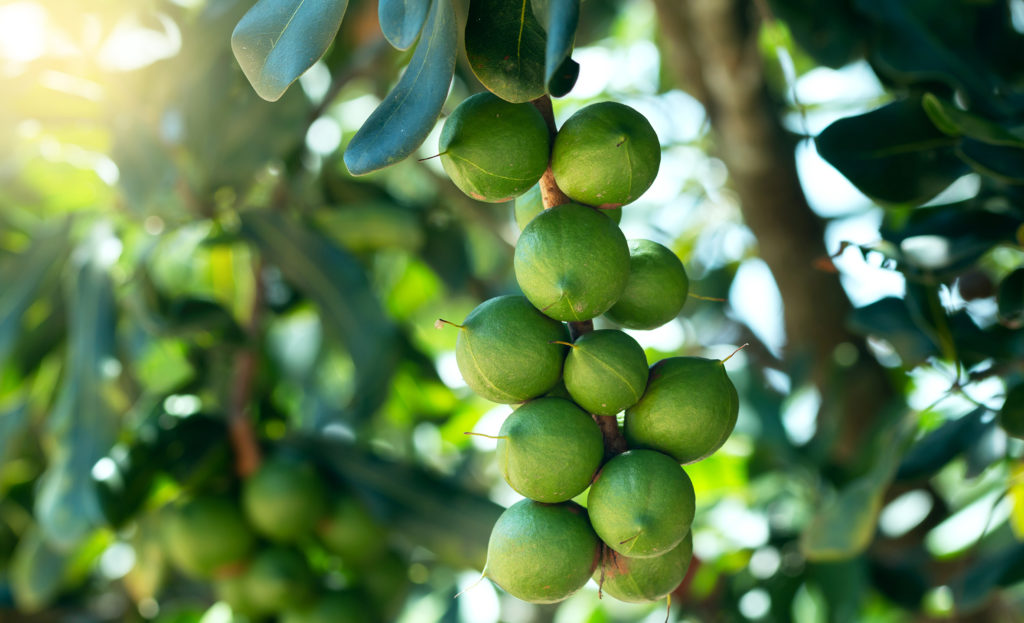
Speed-breeding better trees
Currently, it can take up to 10 years for macadamia trees to flower. This slows down the process of breeding new, hardier and more productive cultivars. But new Queensland University of Technology research into “speed-breeding” new macadamia crop varieties could help protect the tree from pests, disease and climate change.
Unlike other commercial crops such as rice and wheat, macadamias haven’t undergone extensive molecular breeding programs to produce elite cultivars. They’ve only been commercially bred for about 50 years. This means most modern varieties of macadamia are very close to their wild ancestors. Therefore, they still carry many “undesirable” traits.
This research will test new technologies that influence the gene expression for flowering to help speed up development of elite macadamia tree crop cultivars. This could potentially help the macadamia industry respond more quickly to future challenges.
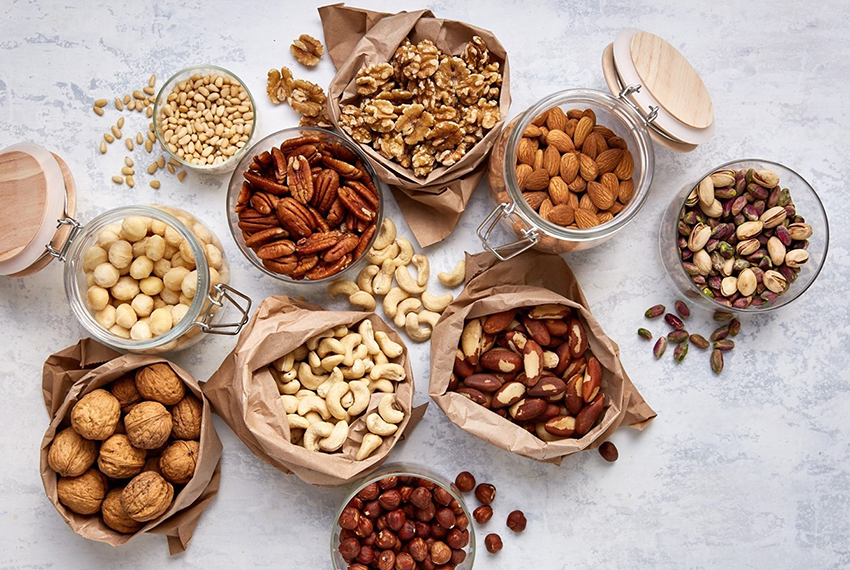
Nuts for life: 2030 vision
The Australian Nut Industry Council has set its sights on 2030, releasing a “vision” that focuses on increasing consumption of nuts. The aim is for 10 million Australians to be eating nuts daily by 2030. Currently, only two percent of us are eating the recommended daily 30g serve. A lot of this has to do with fear of dietary fats and weight gain.
However, these fears are unfounded. It’s true nuts are high in (healthy) fats and are energy dense. But decades of research has shown that eating nuts doesn’t make you gain weight. In fact, it can be the exact opposite. Nuts are rich in protein and fibre, both of which help satisfy hunger and reduce appetite. Also, you don’t absorb up to 30 percent of the calories in nuts. Nuts have fat trapped inside their cell walls. This makes it hard to digest.
There’s evidence that a daily serve of nuts can reduce coronary heart disease risk by 29 percent, cardiovascular disease risk by 27 percent and type 2 diabetes risk by 13 percent. Eating 30g of nuts daily can also reduce your risk of all cancers by 15 percent.
If 10 million Australians ate their daily serve of nuts, just think how much healthier our nation would be. Our growers would also be better off. Achieving the 2030 vision target would generate an additional $350 million for the industry. So, if you’re not eating Australian nuts every day, maybe it’s time you started?


